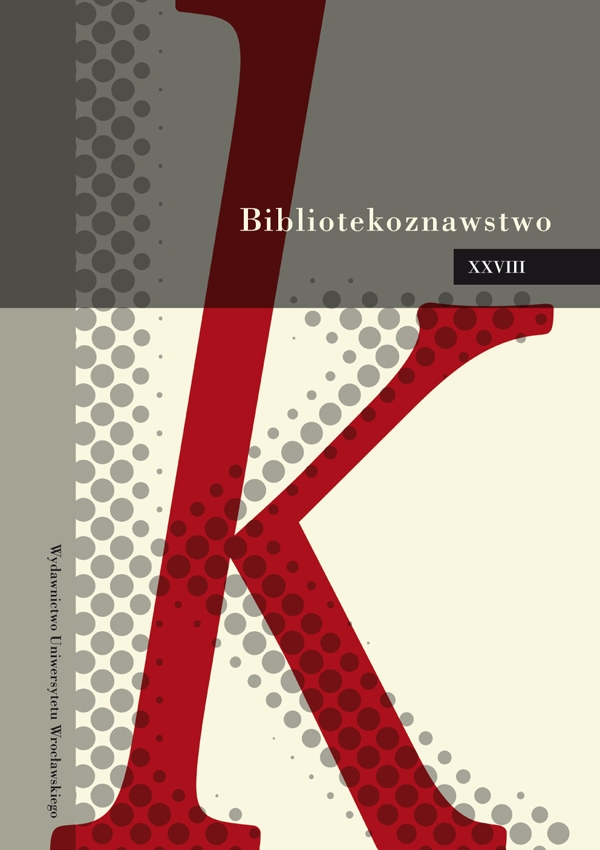Wyczerpujący opis wszechświata – dawne i współczesne metody opisu treści dzieła sztuki
Abstrakt
An exhaustive description of the universe – historical and modern methods of describing the content of a work of art
Since the dawn of time, the image has been a carrier of specific messages. Images have provided information about the world and have been a means of communication, a source of knowledge about human beings – their opinions, faith and the reality surrounding them. As a source, the image should be read and interpreted in an appropriate manner. This causes many problems associated with an analysis of the message contained in a visual work of art. The message can be read on a variety of levels: on the level of recognizing the theme of the representation, linking it to a specific space and time, on the level of the historical context and ideological identification. At the same time, we have to take into account different purposes which an interpretation of the image is to serve; purposes that include obtaining information about the past reality or events e.g. in regional or historical research, about the form of works of art that did not survived in studies within the history of art, and about the world of ideas and thoughts in theology or philology. History of art has developed certain methods to examine the content of visual images: the iconological method, iconics and hermeneutics. They are all based on iconographic image recognition, which in practice is the basis of image classification and cataloguing. Attempts to introduce some order into the language of this description have been made for centuries. Examples of such concepts can be seen in Cesare Ripa’s iconology, or 17th and 18th century emblematic compendia, e.g. Filippo Picinelli’s Mundus symbolicus. Today history of art continues these attempts; a spectacular example of a comprehensive system of iconographic classification came in the 1940s with the ICONCLASS system of alphanumeric iconographic encoding.

